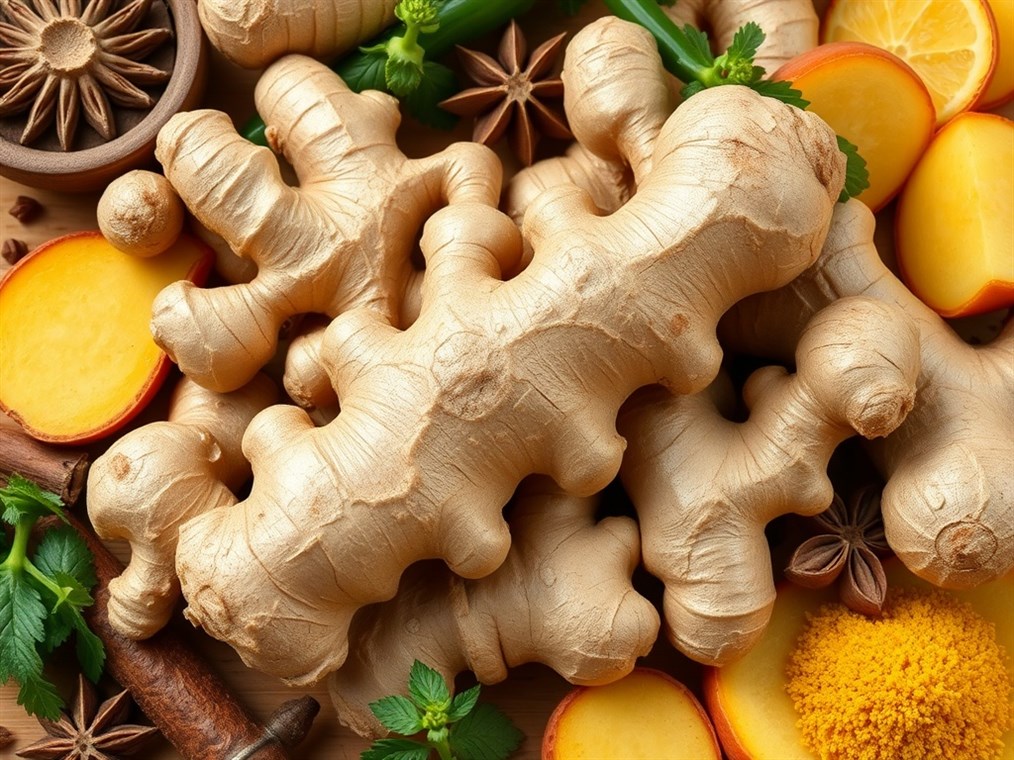What’s in a Name? Let’s Talk Ginger (and All Its Aliases)
Ginger. That knobbly, spicy root that’s a must-have in every kitchen. We all know it, we all (hopefully) love it, but did you know it goes by a whole bunch of other names? It’s true! Whether you’re a seasoned chef, a curious gardener, or just someone who likes to sound smart at dinner parties, knowing these synonyms can seriously spice up your vocab.
First things first, let’s get a little bit technical. The fancy-pants name for ginger is Zingiber officinale. That’s what botanists call it, anyway. Think of it as its official, universal ID. But in everyday talk, you might also hear it called common ginger, cooking ginger, or even true ginger. Pretty straightforward, right?
Now, when you’re cooking, ginger takes on even more forms, and with those forms come even more names. You’ve got your classic ginger root, the fresh stuff you find in the produce aisle. Then there’s ground ginger, or ginger powder, which is basically the dried and ground version. I always keep some on hand for baking gingerbread cookies – a holiday staple! And let’s not forget preserved ginger, like candied ginger (a sweet treat!) or pickled ginger (that palate cleanser you get with sushi). Each form has its own unique flavor and use, and its own set of nicknames.
But wait, there’s more! Around the world, ginger is a star ingredient, and every culture has its own special name for it. In Thailand, they call it khing. Over in Indonesia, it’s jahe. Malaysians say halia, while in the Philippines, it’s known as luya. And if you find yourself in Myanmar, ask for gyin. It’s amazing how one little root can have so many different identities!
Okay, so what if you’re out of ginger and need a substitute? While they’re not exactly the same, some spices can give you a similar vibe. Galangal, also known as “Thai ginger,” is a close cousin with a slightly more citrusy flavor. Turmeric, another member of the ginger family, adds a warm, earthy note. Cardamom can bring a spicy sweetness, and even cinnamon can work in a pinch, especially in baked goods. For savory dishes, a dash of Chinese five-spice powder can add a complex, gingery depth.
And finally, let’s not forget that “ginger” can also be used to describe a color – that lovely reddish-brown hue. Think auburn, reddish-brown, rust-colored… you get the picture. Plus, you might say someone has “ginger” or pep, meaning they’re lively and energetic!
So, there you have it: a whirlwind tour of ginger’s many names and faces. From Zingiber officinale to that little knob in your spice rack, ginger is a true chameleon. Next time you’re cooking with it, or just chatting about it, remember all the different ways you can refer to this amazing spice. It’s a small thing, maybe, but it’s these little details that make life a little more interesting, don’t you think?

